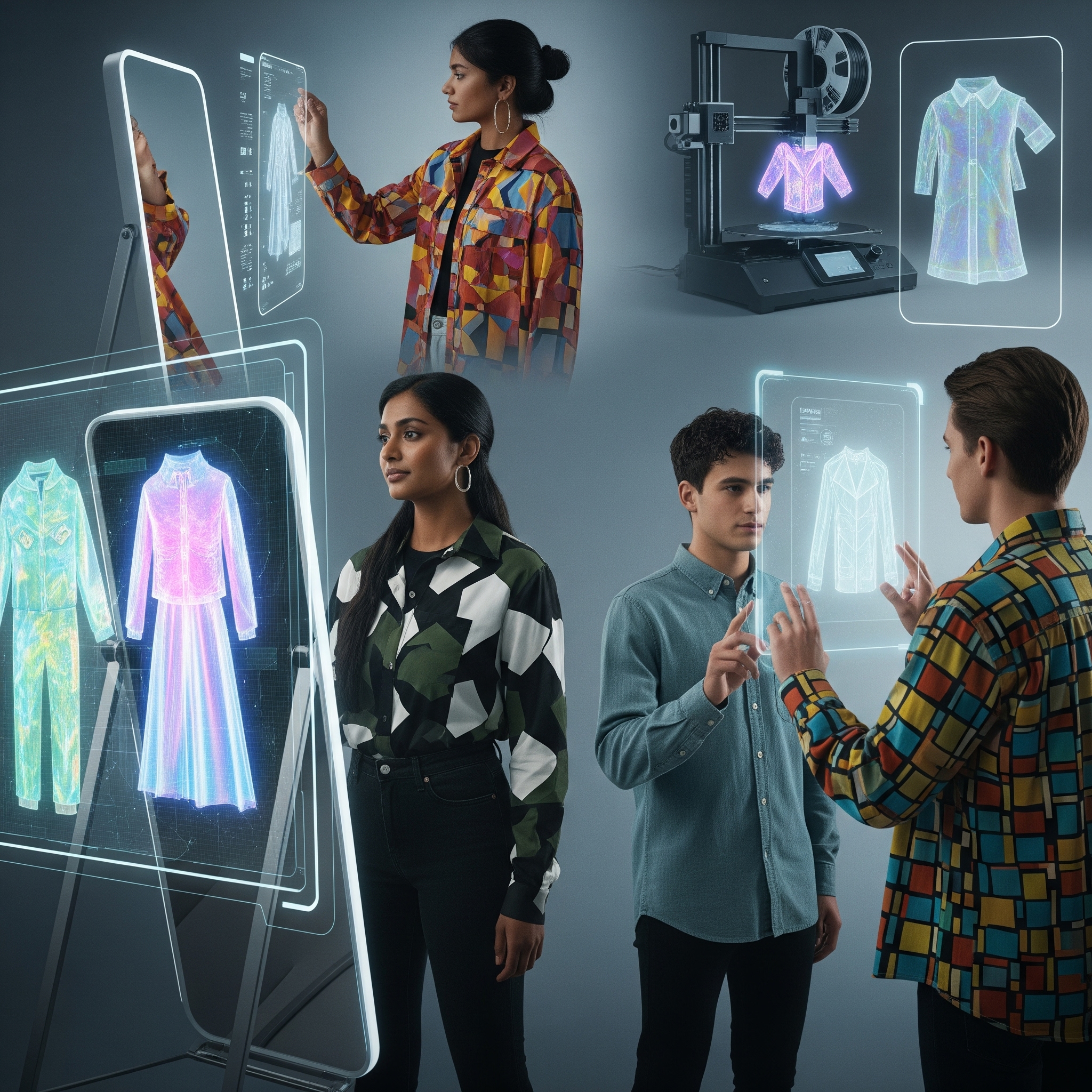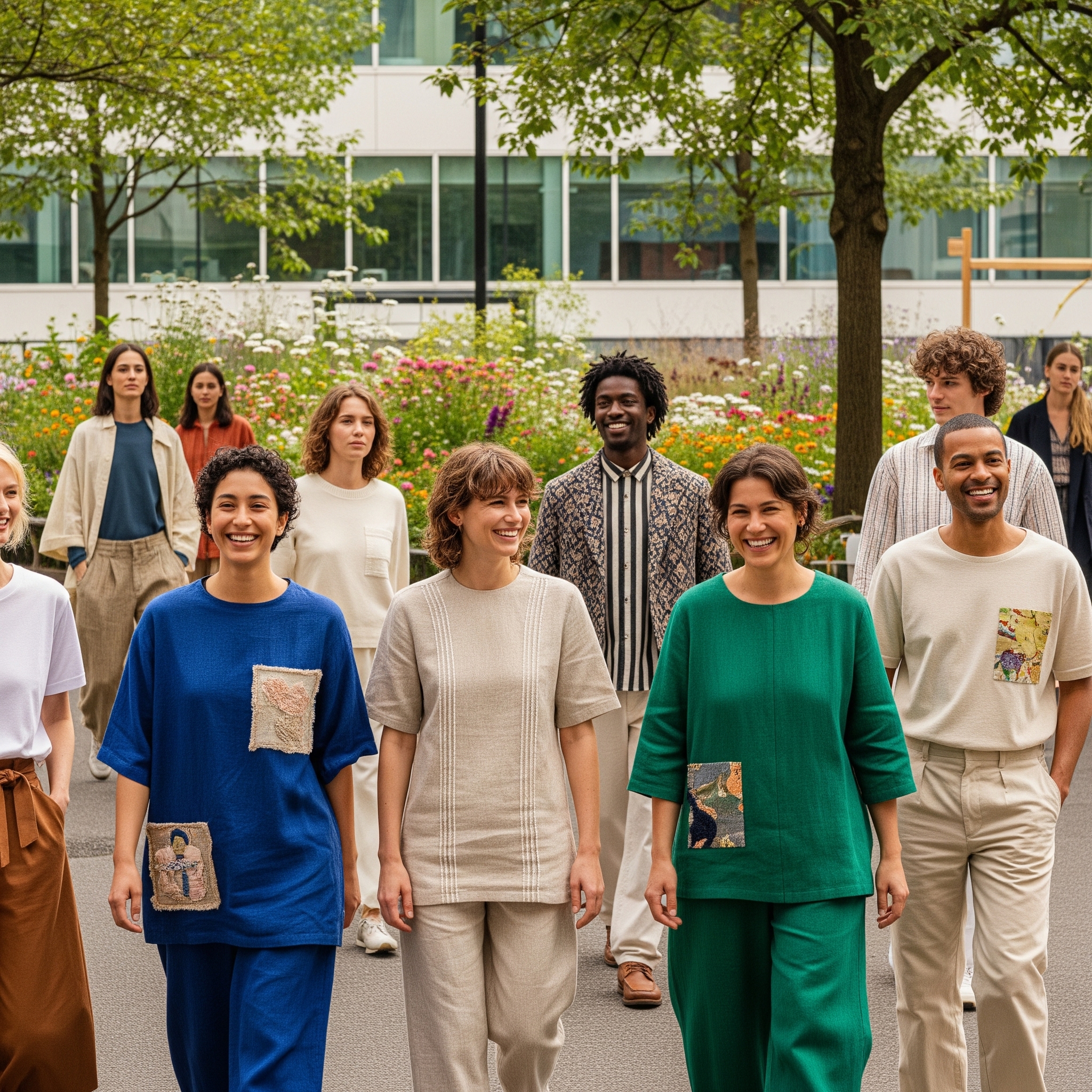No products in the cart.: $0.00
The Influence of Technology on Fashion: From Design to Retail and Beyond

Fashion, at its core, is an art form driven by creativity and human expression. Yet, beneath its seemingly artistic veneer, the industry is increasingly shaped and propelled by the relentless march of technology. From the initial spark of design inspiration to the intricate processes of manufacturing, the personalized experience of retail, and the very way we consume and interact with clothing, technology has become an indispensable force, revolutionizing every facet of the fashion ecosystem. This article delves into the profound and multifaceted influence of technology on fashion, exploring how innovation is reshaping the industry from the inside out.
The earliest forays of technology into fashion were often behind the scenes, impacting efficiency and production. The invention of the sewing machine in the 19th century revolutionized manufacturing, enabling mass production. Later, computer-aided design (CAD) software streamlined pattern making and grading, reducing development time and material waste. However, the 21st century has seen an explosion of technological advancements that are far more pervasive, transforming not just the how but also the what and why of fashion.
One of the most significant impacts has been in the realm of design and creation. Gone are the days when designers relied solely on physical sketches and draping. Today, 3D design software allows designers to create virtual prototypes, experiment with different fabrics and silhouettes, and visualize garments on digital avatars before a single piece of fabric is cut. This not only accelerates the design process but also drastically reduces waste associated with sampling. Furthermore, generative AI is beginning to assist designers by producing new patterns, color palettes, and even entire garment concepts, pushing the boundaries of creativity. Virtual fashion, consisting of digital-only garments worn on avatars or through augmented reality filters, is emerging as a new medium for expression, offering a sustainable and accessible alternative to physical clothing.
Manufacturing and supply chains have also been radically transformed. Automation and robotics are increasingly being integrated into factories, improving precision, speed, and efficiency. 3D printing is moving beyond prototyping, enabling the creation of intricate garment components and even entire garments with novel structures and textures. This technology offers opportunities for on-demand production, reducing inventory waste. The adoption of blockchain technology is enhancing transparency and traceability in supply chains, allowing consumers and brands to track the journey of a garment from raw material to finished product, addressing ethical and environmental concerns. IoT (Internet of Things) sensors are being used to monitor machinery, track inventory, and optimize logistics, leading to more efficient and sustainable operations.
Perhaps the most visible impact of technology is on the retail experience and consumer engagement. The rise of e-commerce has made fashion globally accessible, allowing consumers to shop from anywhere at any time. However, technology is now pushing beyond simple online shopping. Augmented Reality (AR) apps allow customers to virtually “try on” clothes using their smartphones, reducing the need for physical try-ons and lowering return rates. Virtual Reality (VR) is creating immersive shopping experiences, transporting consumers to digital showrooms and virtual fashion shows. AI-powered personalization engines analyze customer data to offer tailored product recommendations, ensuring a more relevant and enjoyable shopping journey. Chatbots and virtual assistants provide instant customer support and styling advice. The lines between online and offline retail are blurring, with “phygital” stores combining digital elements with physical spaces to create unique, interactive experiences.
Beyond design and retail, technology is also influencing the very nature of wearable technology and smart textiles. From garments that monitor vital signs and regulate body temperature to fabrics that can change color or display digital patterns, smart clothing is blurring the lines between fashion and function. These innovations have potential applications in sports, healthcare, and everyday life, opening up entirely new categories of fashion products.
However, the rapid integration of technology also presents challenges. Data privacy concerns arise from the collection of consumer information. The increasing reliance on automation raises questions about job displacement in traditional manufacturing roles. The digital divide means that not everyone has equal access to these technological advancements. Furthermore, ensuring that technology serves to enhance creativity and sustainability, rather than simply accelerate consumption, is a critical consideration.
Despite these challenges, the trajectory of technology in fashion is undeniably towards further integration. The industry is embracing a future where data-driven insights inform design, where production is more precise and sustainable, and where the retail experience is hyper-personalized and immersive. Technology is not merely a tool; it is becoming an intrinsic part of fashion’s DNA, enabling a more efficient, creative, and responsive industry. As we look ahead, the collaboration between human creativity and technological innovation will continue to redefine what fashion is, how it’s made, and how we experience it, paving the way for a truly digitally native and technologically enhanced future of style.


